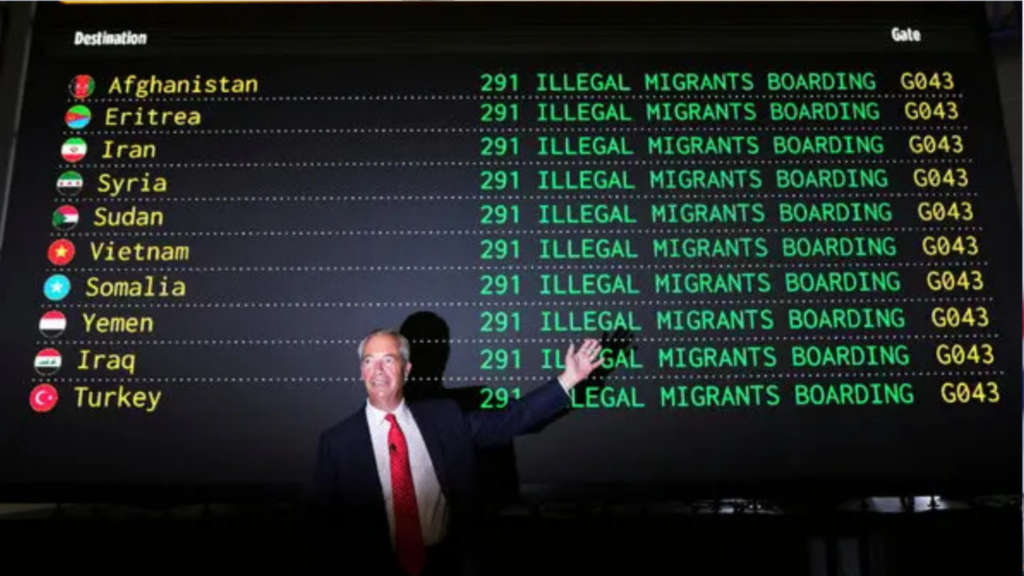Tariffs, Data, and Deterrence: ASEAN’s New Strategic Toolkit
Tariffs and Tensions: A New Trade Reality
As great-power competition intensifies, Southeast Asia finds itself at the crossroads of global supply chains and strategic rivalry. Across Southeast Asia, the balance between openness and protection is under strain. The United States (U.S.) has updated its Asian partners’ tariff schedule since mid-2025. Initial U.S. proposals reached 40–49 percent, but after weeks of negotiation, most ASEAN members secured lower rates of around 19–20 percent (Asia Media Centre, 2025). The revision was coupled with stricter rules of origin and new transhipment verifications. Sidley’s August briefing notes that some shipments now are taxed up to 40 percent if one’s source of components is unclear.
This has been disruptive for manufacturers as some Vietnamese textile companies reduced production by half from last year, while Malaysian electronics assemblers are producing below their capacity level (Channel News Asia, 2025). The container traffic of Indonesia plummeted deep in August when buyers stopped new orders. The IMF’s 2025 Regional Outlook forecasts East Asia and the Pacific to expand only 3.9 percent this year, a full point less compared to the previous year in 2024.
While ASEAN nations scramble to adjust to Washington’s tariff regime, Beijing has been quietly reshaping the industrial map of mainland Southeast Asia. By working on widening its industrial reach throughout the Mekong. New hubs in Laos and Myanmar, funded through the Belt and Road network directly rival mid-market factories from Thailand and Indonesia. The actions are all part of Beijing’s “dual circulation” policy, which promotes making things around allies politically closest to China while minimising exposure abroad. The result is a crowded playing field where Washington pulls the supply chains away from China through the use of tariffs, yet Beijing pulls them back through investment.
Technology and Data as the Next Battleground
Technology is now entangled in this rivalry, the U.S. promotes digital governance under the Indo-Pacific Economic Framework, while China advances its Digital Silk Road under data centres and 5G infrastructure. ASEAN’s response for this is the Digital Economy Framework Agreement (DEFA), aiming to synchronise privacy law, payment methods and fin-tech standards. The World Economic Forum puts DEFA capable of lifting digital trade by about 20 percent once implemented.
Progress remains uneven since several members are yet to have definitive cyber-security and data-governance regimes. Gaps in capacity expose the smaller states to external manipulation, for ASEAN the digital plan is much more than an agenda for innovation; since it also determines whose data flows the region over, and thus whose economic sovereignty. The interplay between technology and tariffs is redefining investment flows. Companies are increasingly favoring predictable regulation economies with efficient logistics. Singapore and Vietnam have made themselves reliable hubs while others risk marginalization, thus resilience in this context depends as much on governance as on trade policy.
Strategic Behaviour in a Divided Order
Economic disruption is also spilling into the maritime domain. China’s Coast Guard Regulation that took effect from June 2024 provides for detention of foreign crews for as long as sixty days in contested waters. Manila labelled the action a direct challenge to navigational freedom, Vietnam countered by way of diplomacy and law, forwarding several notes verbales to the United Nations reiterating the legal significance of the UNCLOS. Indonesia has amplified patrols around Natuna without provoking confrontation — a strategy the CSIS Maritime Governance Report terms ‘calibrated deterrence.
Such careful balancing is part of a wider shift in ASEAN diplomacy. The region’s middle powers are learning to combine legal, economic and technological tools to preserve autonomy while leaving cooperation open. They diversify partnerships by the Regional Comprehensive Economic Partnership (RCEP) and new EU-ASEAN investment negotiations, minimising over-dependence on either great power. Indonesia’s 2024 Digital Transformation Blueprint and Vietnam’s Strategy on Artificial Intelligence both exhibit efforts to attract technology investment while retaining domestic control.
Still, internal obstacles persist as ASEAN’s consensus rule remains its biggest constraint. Policies take years to materialise, and implementation often lags public announcements. Studies on institutional effectiveness underline coordination gaps that weaken compliance because without enforcement, new frameworks risk remaining aspirational.
In this case some adjustments would be beneficial. The ASEAN Minus-X mechanism would enable interested states to take the first step on digital and maritime initiatives. A stronger Secretariat would have the ability to track implementation and report non-compliance. Tying DEFA projects to fiscal incentives would provide concrete value for cooperation. Each one of these reforms would give substance to the often-cited goal of “ASEAN centrality”.
Reform and Resilience: Can ASEAN Keep Up?
The contest between Washington and Beijing will continue. The challenge for ASEAN is to turn this competition into their strategic advantage. Strategic resilience means accepting exposure yet managing it intelligently with a combination of legal, economic, and diplomatic instruments. The future of the region will no longer depend on remaining neutral but on their ability to adapt, resist pressure, and keep negotiating its place in a fractured world.
Bibliography
- Asia Media Centre. (2025) How Southeast Asia Negotiated Lower US Tariffs. 16 August 2025. Available at: https://www.asiamediacentre.org.nz/otr-how-southeast-asia-negotiated-lower-us-tariffs
- Sidley Austin LLP. (2025) Implications of US Tariffs on Southeast Asia: Navigating the Trade Tumult. 8 August 2025. Available at: https://www.sidley.com/en/insights/newsupdates/2025/08/implications-of-us-tariffs-on-southeast-asia-navigating-the-trade-tumult
- Channel News Asia. (2025) US Tariffs and Transshipment Levy Hit Southeast Asia’s Exporters. 5 August 2025. Available at: https://www.channelnewsasia.com/asia/us-tariffs-transshipment-levy-southeast-asia-5386821
- ISEAS–Yusof Ishak Institute. (2025) Recalibrating Southeast Asia’s Climate and Energy Strategies amid US Policy Shifts,ISEAS Perspective 2025/76. 22 August 2025. Available at: https://www.iseas.edu.sg/articles-commentaries/iseas-perspective/2025-76-recalibrating-southeast-asias-climate-and-energy-strategies-amid-us-policy-shifts-by-angel-hsu-and-silvia-landa
- Center for Strategic and International Studies (CSIS). (2024) Assessing Indonesia’s Maritime Governance Capacity: Priorities and Challenges. Asia Maritime Transparency Initiative, 21 November 2024. Available at: https://amti.csis.org/assessing-indonesias-maritime-governance-capacity-priorities-and-challenges



